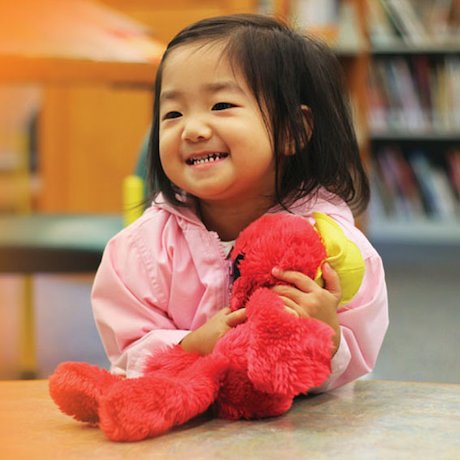Transition
Add to My Folder
Essential advice and useful tips to prepare young children for a happy move to primary school

In life there are times of stability and times of change. Sometimes change is positive and even fun – moving house, getting a new job. Equally, sometimes it’s negative and difficult – family break-up, redundancy. The more resilient and self-confident we are as individuals, the better we can cope with these times of change. For babies and young children, one of the first ‘big changes’ in their lives is the move away from spending all their time with parents or carers into an Early Years setting. And, of course, the next ‘big change’ will be the move from this setting into a primary school.
Anyone who works with children knows the value of structures and routines; they make children feel safe and secure, because they know what’s coming and what is expected of them. For young children, variations to the normal routine are a challenge, typically they have not had much previous experience of such changes. To support children through the transition into primary school, you need to put in place appropriate structures to help them cope with this change and to enable them to develop resilience, independence and self-confidence. Helping children to begin to become familiar with new routines and key adults is essential.
In an effective transition to primary school, the children will:
- Understand ‘what is coming’ ahead of time
- Have some experience of the new environment and the people in it
- Feel safe, secure and valued in their new school
- Know that staff at school will listen to them and respect what they say
- Understand what is expected of them (learning, behaviour) in school
- Know what they should/shouldn’t bring into school
- Enjoy the experience of moving to the ‘big school’
- Feel that they have a measure of control over the process
- Be seen as an individual, with staff getting to know them really quickly
Published 7 June 2010
Reviews
Rated 3/5 from 1 rating
You need to be signed in to place a review.
